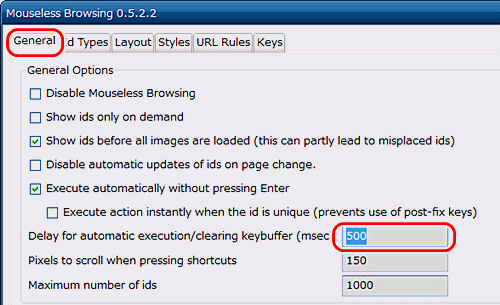

At that point, you might wonder: how do we know that this buffer is still open, if we can’t see it? The content of a file in a hidden buffer is not directly visible in Vim. inactive - The buffer is not displayed and empty.hidden - The buffer is not displayed, but it exists and the file is still open.active - The buffer is displayed in a window.In fact, a buffer can have three different states: Not in Vim if you close a window containing a buffer, the buffer is still there, hidden. The big difference: when you close a tab in an IDE, you close the file as well. To make a comparison with a standard IDE, a buffer would be the content of a tab. Vim BuffersĪ buffer directly match an open file in memory. Indeed, there are four layers of abstraction you can use for that: the buffers, the windows, the tabs, and the argument list. Vim use other ways to represent and organize open files. If you’re using an IDE, you’re certainly used to manage your files with tabs. You can read these help sections directly in Vim when you’re ready to dive deeper. You’ll see at the end of each sections some related Vim’s help commands. If you want to build a complete Mouseless Development Environment, you might be interested by this book. Experiment with Vim as you read along, try to understand how it works, and you’ll have a powerful tool you can control entirely with your keyboard. My advice: take your time and don’t try to swallow everything at once. The amount of information in this article can feel overwhelming. Plugins which offers different ways to manage some ideas we saw before.Ways of manipulating the command line history.Powerful functionalities to repeat some of your keystrokes.Mapping new keystrokes to old keystrokes or commands.Useful motions to jump quickly from one place to another in your entire codebase.Ways you can organize open files in Vim using buffers, windows, tabs, and the argument list.Who wasn’t blown away discovering Vim’s macros? In this article, I’ll explain more concepts, some of them making Vim truly special compared to other editors.

If you like my articles about Vim, I’m currently writing an ambitious book about The Best Editor™ with many more tips!


 0 kommentar(er)
0 kommentar(er)
